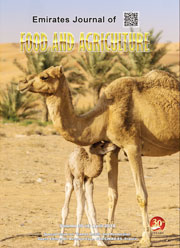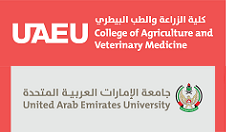Optimization of growth conditions for forage production in a fresh forage growing system
DOI:
https://doi.org/10.9755/ejfa.2019.v31.i10.2016Keywords:
Fresh foraging system; Growth condition; Hulled barley; Optimization; Response surface methodologyAbstract
The optimization of growth conditions for a fresh forage cultivation system was performed herein to maximize the productivity of hulled barley by using response surface methodology. A central composite design was adopted to design experiments for determining the effects of two growth conditions: temperature (℃) and humidity (%). A second-order polynomial equation with the significant terms of temperature and humidity was developed (R-square = 0.937). The model predicted a maximum productivity of 12,568 g of barley at 19.7℃ and 62% humidity, and the validation experiment showed that the maximum productivity is consistently demonstrated at the predicted optimal conditions. In addition, ingredients analysis to determine the quality of barley suggested that the total ingredient contents were not considerably differentiated by different growth conditions. Consequently, this study successfully identified the optimal growth conditions for maximizing the yield of barley in the fresh forage system.










 .
. 